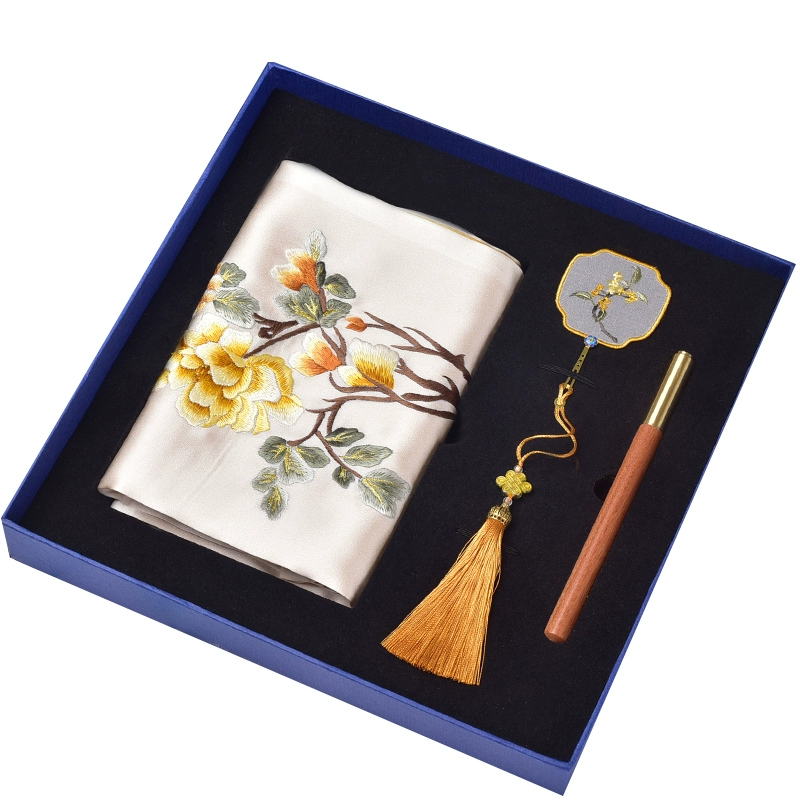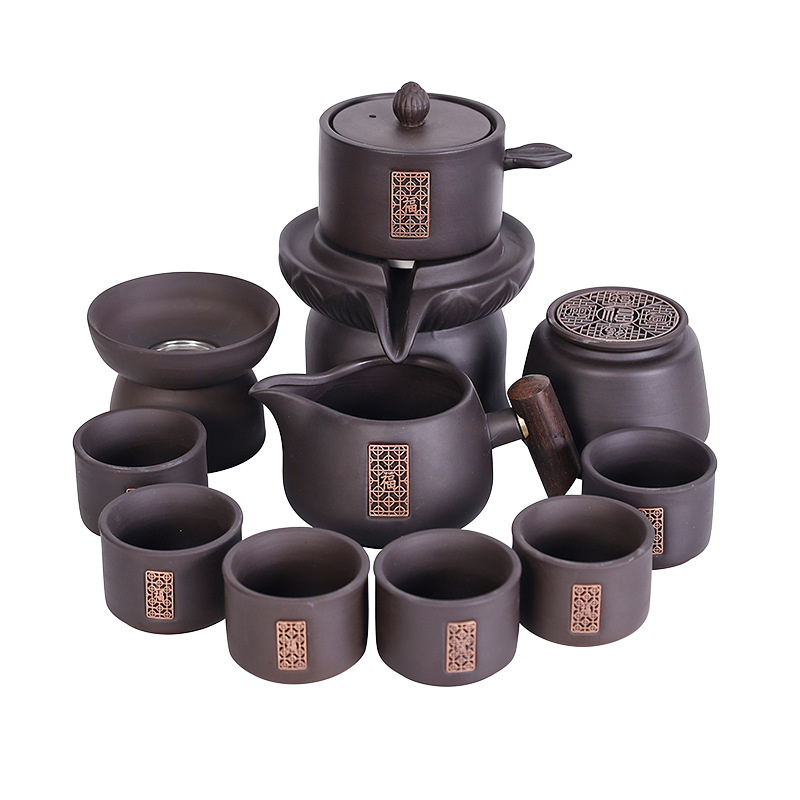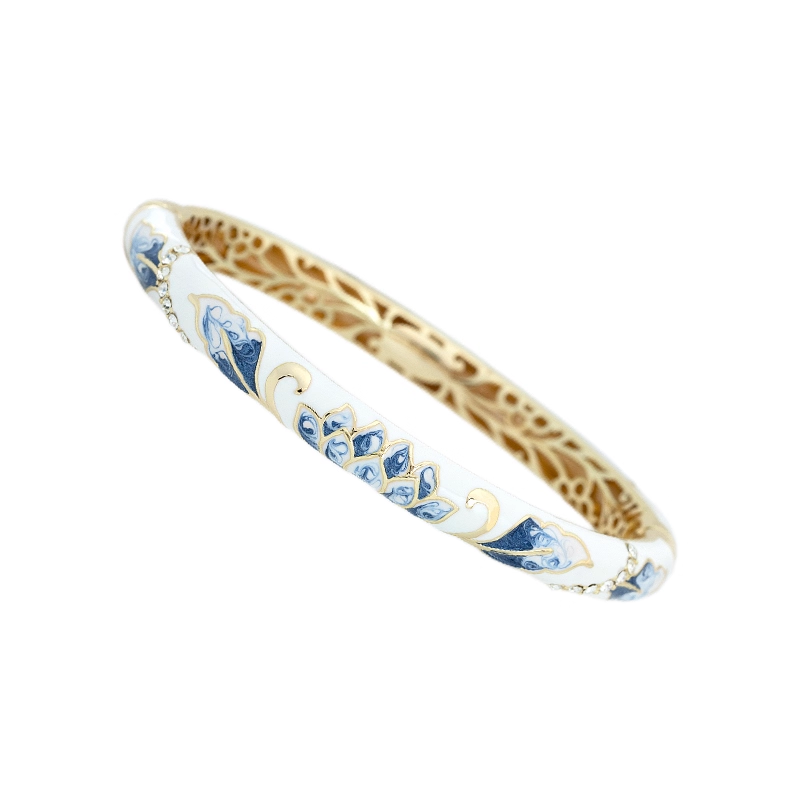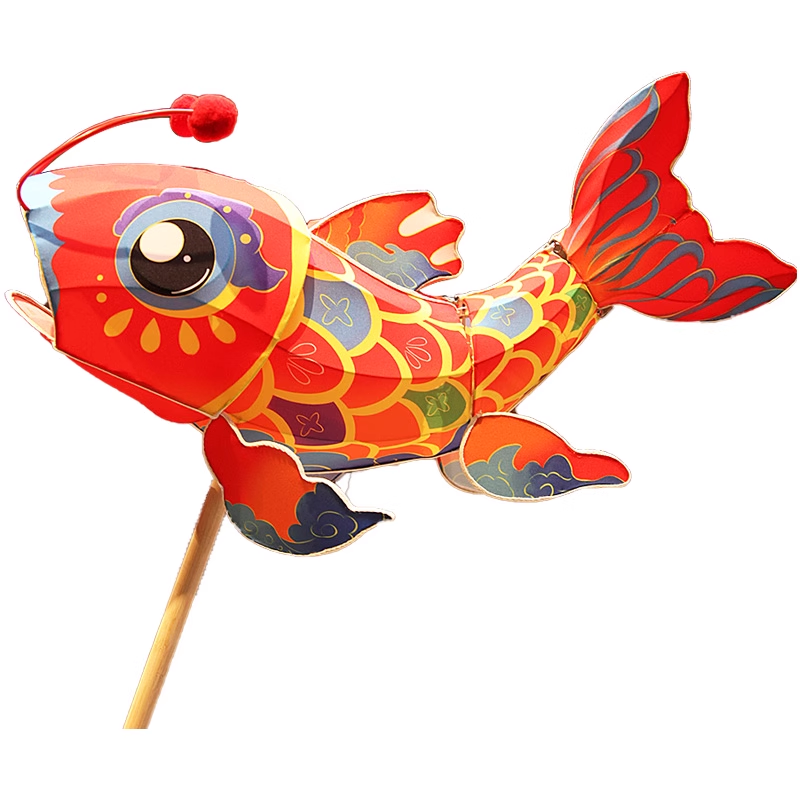Liuli(Chinese Colored Glaze): A Millennium of Dance Between Fire and Color, A Brilliant Crystallization of Oriental Aesthetics
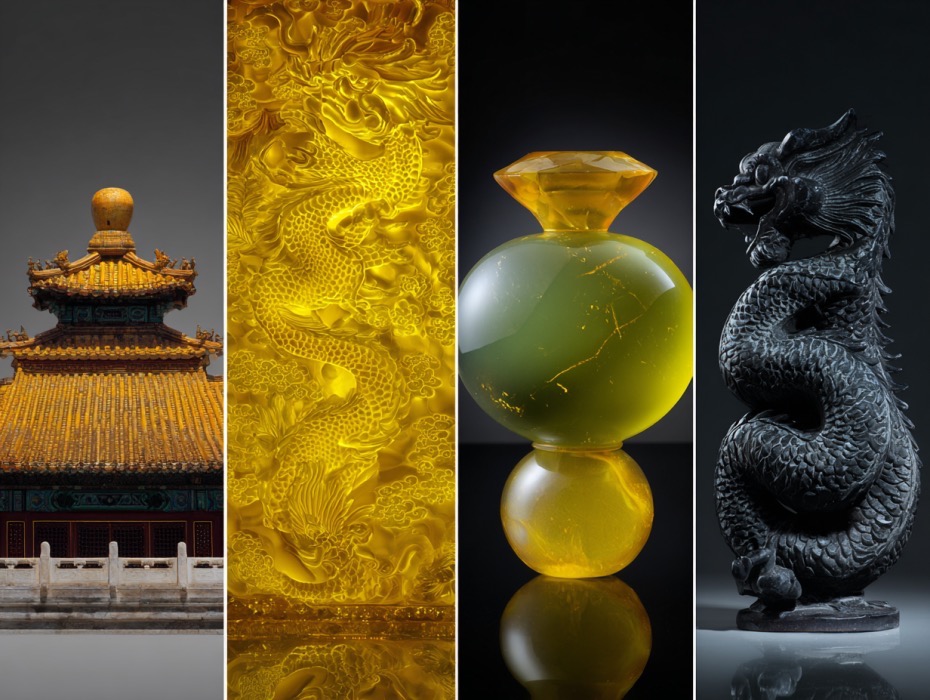
Amid the brilliant galaxy of traditional Chinese crafts, Liuli (Chinese colored glaze) stands out as a millennium-old artistic treasure, celebrated for its magnificent texture—”hues like condensed sunset glow, luster like flowing clouds”. This craft, which uses quartz, feldspar, limestone, and other materials to create works through high-temperature melting, shaping, and cooling, not only carries the ancient Chinese philosophical pursuit of “harmony between man and nature” but also embodies the ultimate pursuit of color and light. Today, it continues to convey the unique charm of Oriental aesthetics to the world with an innovative spirit.
The history of Liuli dates back to the Western Zhou Dynasty (c. 1046–771 BCE). At that time, “primitive Liuli” mainly consisted of small ornaments like beads and tubes, with simple colors used for rituals and decoration. During the Spring and Autumn and Warring States periods (770–221 BCE), Liuli craftsmanship developed significantly. The “dragonfly-eye” Liuli beads unearthed from the Tomb of Marquis Yi of Zeng in Suixian, Hubei Province, adopted multi-layer color overlay techniques, boasting bright colors and testifying to the superb level of early Liuli craftsmanship. In the Han Dynasty (206 BCE–220 CE), Liuli became an exclusive utensil for the royal family. The Book of Han records that “jade bi, coral, and Liuli are all national treasures”, highlighting its precious status. During this period, Liuli was not only used for decoration but also made into practical utensils such as Liuli ear cups and plates. The Tang Dynasty (618–907 CE) marked the golden age of Liuli craftsmanship. Craftsmen broke the limitation of single-color Liuli and created “Tri-color Glazed Pottery of the Tang Dynasty” (Tang Sancai) Liuli artifacts. Blending yellow, green, white, and other colors, these works featured vivid shapes, including animal figurines like camels and horses, as well as daily utensils such as ewers and jars, becoming iconic symbols of Tang Dynasty art. In the Ming (1368–1644 CE) and Qing (1644–1912 CE) dynasties, Liuli craftsmanship further advanced. The “peacock blue Liuli tiles” and “yellow Liuli roofs” of the Forbidden City in Beijing, with their neat shapes and rich colors, showcased imperial grandeur. Meanwhile, folk Liuli craftsmanship flourished—Liuli products from Zibo (Shandong Province) and Suzhou (Jiangsu Province), such as delicate small ornaments and accessories, entered ordinary households.
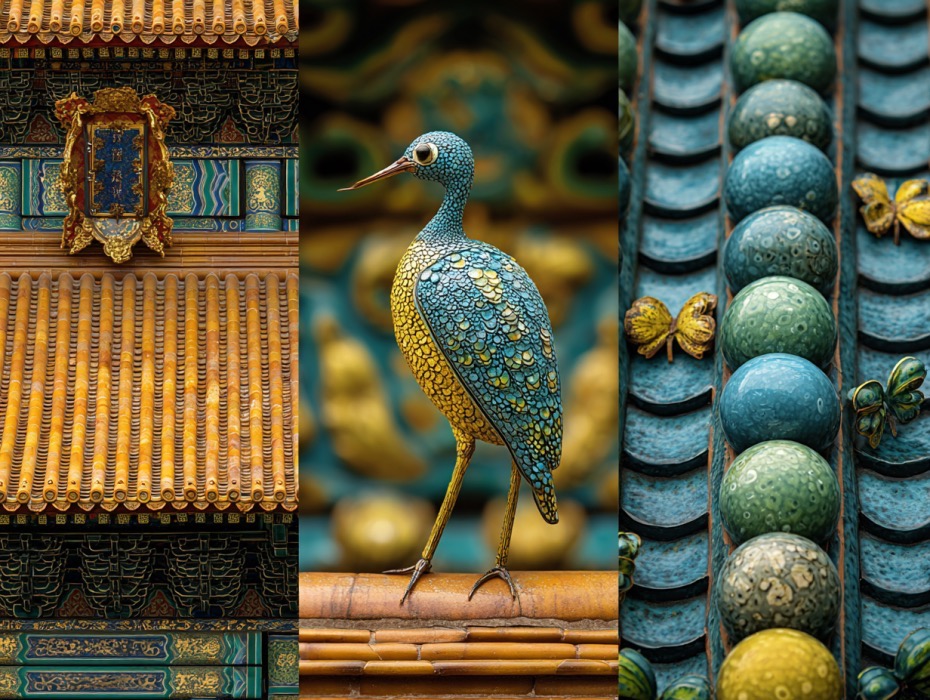
The charm of Liuli first lies in its unique production process—the tempering process of “fetching treasures from fire”. From raw materials to finished products, it undergoes dozens of complex procedures, each filled with uncertainty and the craftsman’s dedication. The first step is raw material proportioning: Liuli raw materials require precise mixing of quartz, feldspar, soda ash, and other components. Different proportions affect the transparency and hardness of Liuli; to achieve rich colors, metal oxides are added as colorants—for example, iron oxide for red, copper oxide for blue, and cobalt oxide for purple. Craftsmen rely on experience to accurately control the dosage to create the desired colors. Next is melting and shaping: raw materials are melted into liquid glass in a kiln at a high temperature of over 1400°C. At this point, craftsmen must quickly pour the molten liquid into molds or shape it by hand, a process known as “blowing” or “casting”. Blowing requires craftsmen to dip a metal tube into the molten liquid, blowing while shaping to create lightweight and flexible forms; casting is suitable for complex shapes, where the molten liquid is poured into pre-made molds and demolded after cooling. The cooling stage is particularly crucial: Liuli needs to cool slowly in a special annealing kiln. Rapid cooling can easily cause cracks, and this process often takes days or even weeks—any mistake can ruin all previous efforts. Finally, polishing: craftsmen use tools like sandpaper and polishing wheels to repeatedly polish the Liuli surface, giving it a smooth luster. Some high-quality works also undergo carving, gold tracing, and other decorations to further enhance their artistic value.
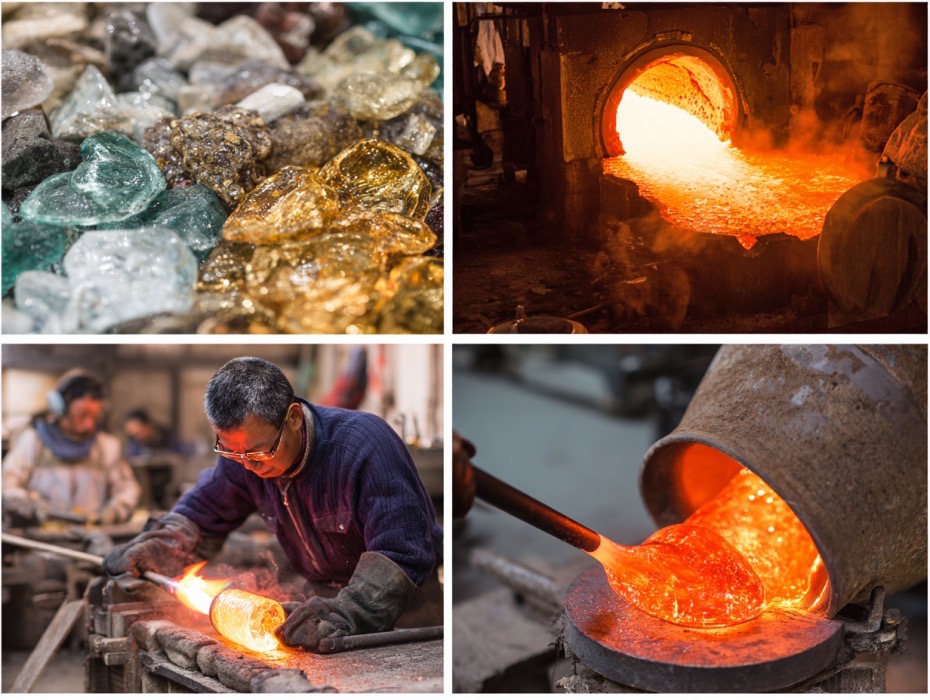
Liuli comes in a wide variety of types, each embodying unique cultural meanings and aesthetic styles. Classified by use, it can be divided into architectural Liuli, decorative Liuli, and ornamental Liuli. Architectural Liuli is represented by the Liuli tiles of the Forbidden City—yellow Liuli symbolizes imperial power, green Liuli implies vitality, and blue Liuli represents the sky. Combined with patterns like dragons, phoenixes, and cloud motifs, it creates a solemn and elegant imperial architectural style. Decorative Liuli, such as Tang Sancai camel figurines and Qing Dynasty Liuli vases, features exquisite shapes and rich colors, making them favorites of museums and collectors. Ornamental Liuli includes Liuli beads, pendants, and jewelry—small and delicate, they blend practicality and ornamental value. Classified by craftsmanship, “ancient Liuli” is made using the traditional lost-wax casting method, with each piece being a unique one-of-a-kind work, featuring natural textures and a simple, antique charm; “modern Liuli” combines techniques like blowing and casting, integrating abstract art and minimalist styles to better meet contemporary aesthetic preferences.
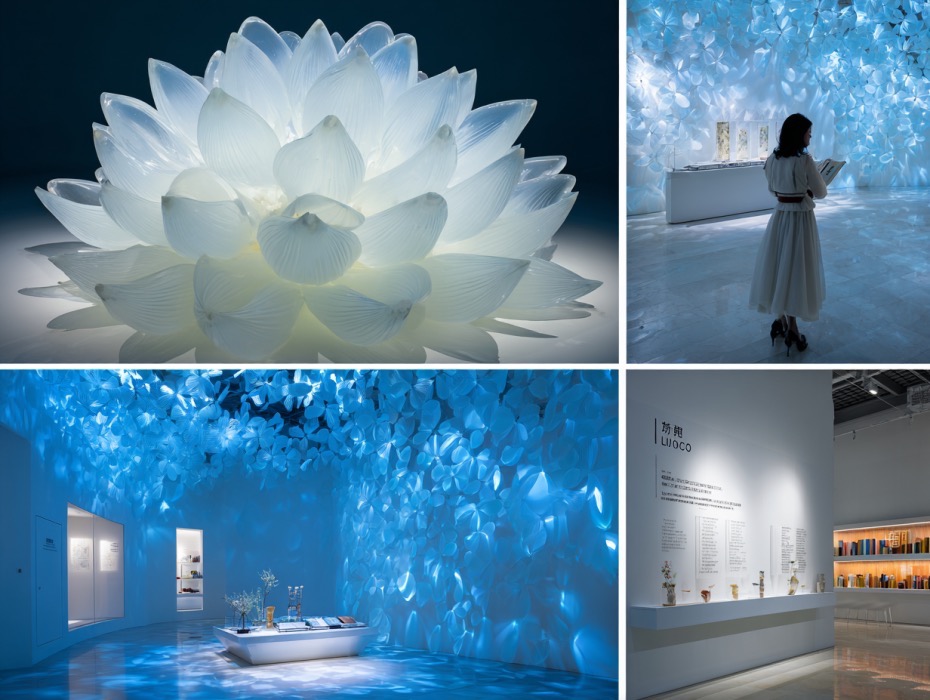
In modern times, Liuli has not rested on its historical laurels but has gained new vitality through inheritance and innovation. On one hand, traditional Liuli craftsmanship is systematically protected: in 2008, “Liuli Firing Technique” was included in the National Intangible Cultural Heritage List. Liuli inheritance bases have been established in various regions, and veteran craftsmen pass down core techniques such as melting, shaping, and annealing to the younger generation through the “master-apprentice” model. On the other hand, Liuli artists continue to innovate, integrating modern design concepts with traditional craftsmanship. For example, Taiwanese artist Yang Huishan’s “Thousand-Flower Liuli” works use multi-layer color stacking techniques to showcase the splendor of flowers; the large-scale Liuli installations at the Shanghai Museum of Glass combine Liuli with light and shadow to create an immersive artistic experience. Meanwhile, Liuli actively embraces the market—from high-end art ornaments to affordable cultural and creative products (such as Liuli bookmarks and incense holders), and from architectural decorations to jewelry design, it meets the needs of different scenarios. Additionally, Liuli has made frequent appearances at international art exhibitions and cultural festivals—from Liuli exhibits at the Shanghai World Expo to Liuli installations at the Paris Art Fair, it has allowed the world to experience the unique charm of Liuli, making it a cross-border artistic symbol.
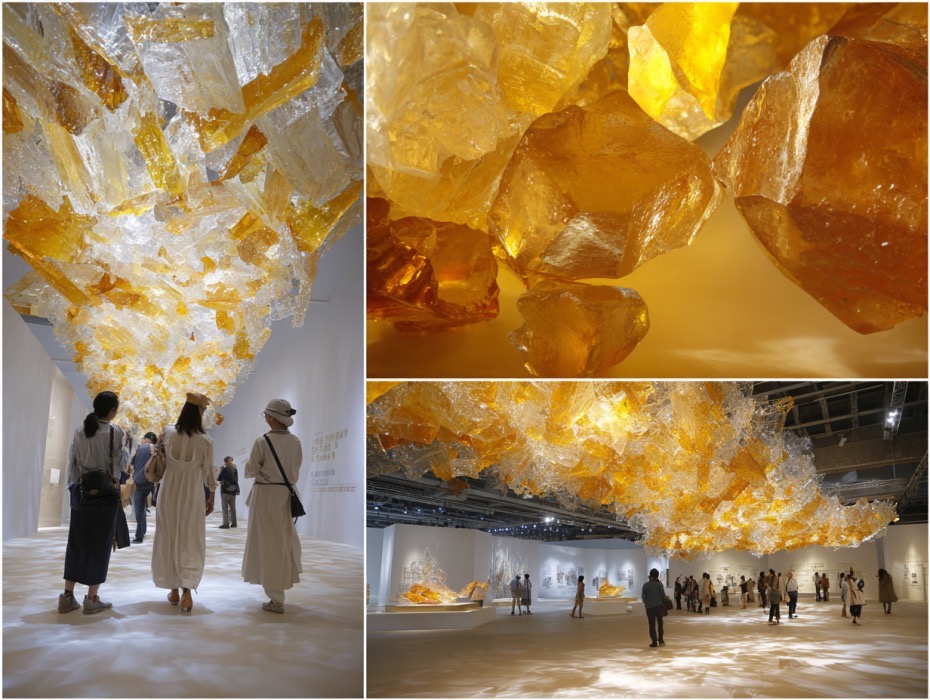
From the “dragonfly-eye” Liuli beads of the Western Zhou Dynasty to the Tang Sancai of the Tang Dynasty, the Forbidden City Liuli tiles of the Ming and Qing dynasties, and the modern Liuli art of today, Liuli has always used fire as a brush and color as ink to interpret the Chinese people’s pursuit of beauty and adherence to culture. It is not only a collection of exquisite works of art but also a series of vivid historical memories and an enduring cultural heritage. In the new era, with its brilliant radiance accumulated over a thousand years, Liuli transcends time, space, and national borders, telling the immortal legend of Chinese craftsmanship to the world.
